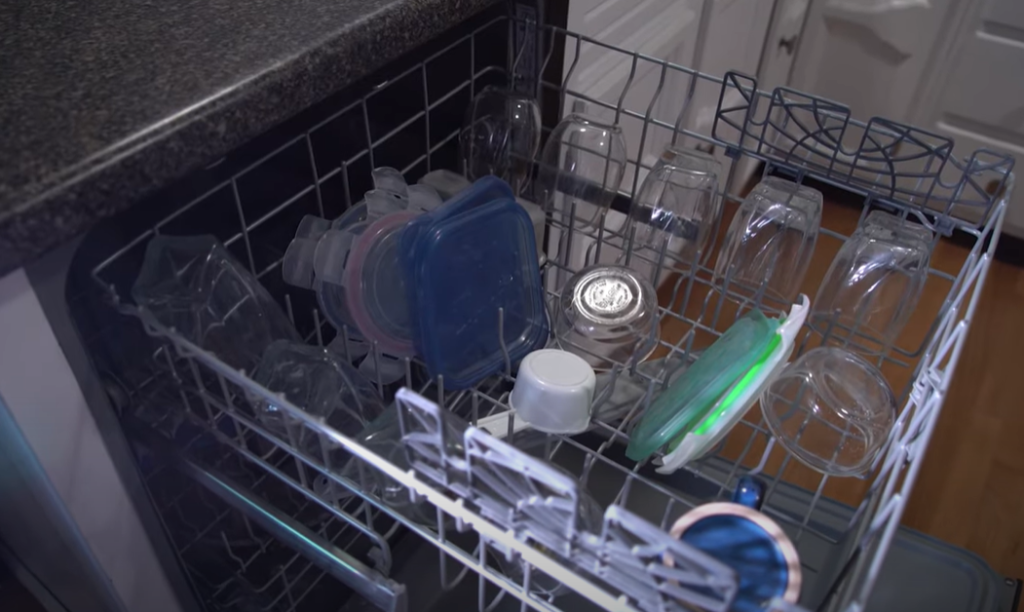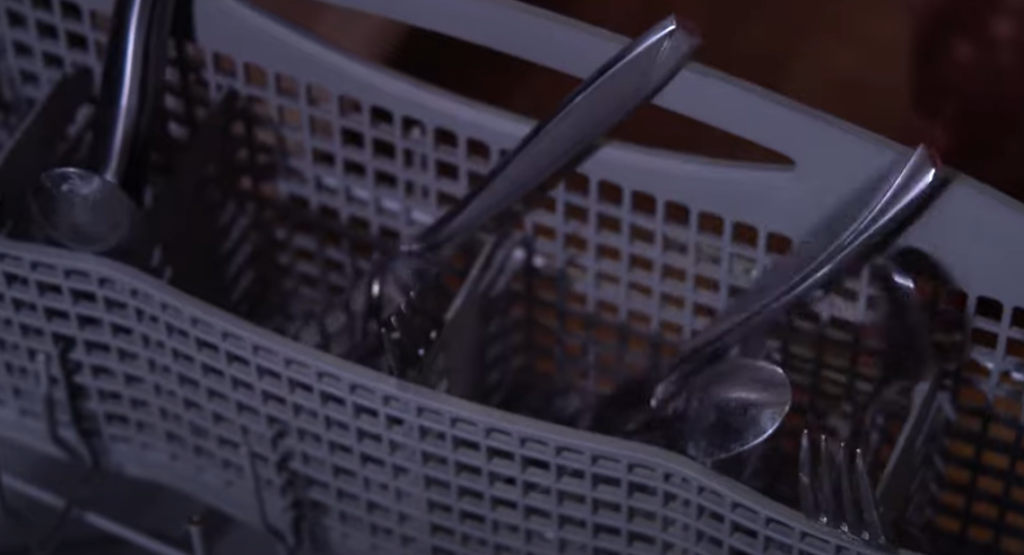Do you have debates at home on the best way to load a dishwasher? We do… So today we’re tackling a task this essential task that exists in every kitchen with some dishwasher loading tips. While it might seem straightforward, proper dishwasher loading is key to ensuring spotless dishes and maintaining your appliance’s efficiency. In this post, we’ll walk you through some expert dishwasher loading tips. And if you’re dealing with a less-than-fresh smelling dishwasher, don’t forget to check out our guide on how to fix a smelly dishwasher.
The Basics
Understanding the basics of dishwasher loading is important for optimal cleaning and preventing damage to your dishes. It’s not just about fitting in as many items as possible; it’s about strategic placement for maximum cleanliness and efficiency. Proper loading techniques can prevent breakages, enhance water flow, and ensure that every item comes out sparkling clean.
Top Rack Loading Strategies
The top rack of your dishwasher is ideal for cups, glasses, and small bowls. To avoid the risk of breakage and ensure effective cleaning, it’s important not to overcrowd this area. Dishwasher-safe plastics should also be placed on the top rack, away from the heating element to prevent melting. Remember, a well-loaded dishwasher not only cleans better but also helps in maintaining a fresh-smelling appliance, as discussed in our smelly dishwasher fix guide.

Bottom Rack Loading Techniques
Plates, serving bowls, and larger items belong on the bottom rack. Before loading, scrape off large food particles into the trash or compost – this helps in reducing odors and maintaining cleanliness, as we’ve explored in our article on fixing a smelly dishwasher. Modern dishwashers often have sensors to gauge how dirty your dishes are, so pre-rinsing might not always be necessary. Place oversized items like platters and dishwasher-safe cutting boards towards the sides and back to avoid blocking water spray.
Cutlery and Utensils: A Detailed Approach
Loading cutlery and utensils requires a bit of strategy. Forks and spoons should be placed in the basket with handles facing down, while knives should have handles up for safety. Mixing spoons, forks, and knives is a good practice to prevent them from nesting and not getting cleaned properly.

Special Items and What to Avoid
Certain items should never be placed in a dishwasher. These include large kitchen knives, brass, bronze, wood, china with gold leaf, and nonstick cookware. Putting these items in the dishwasher can damage both the items and the appliance. For more tips on maintaining your dishwasher in top condition, including odor prevention, refer to our comprehensive guide on how to fix a smelly dishwasher.
Unloading Your Dishwasher
When unloading your dishwasher, start with the bottom rack to prevent water from top dishes dripping onto the clean dishes below. This simple step helps in maintaining the cleanliness and freshness of your dishes, aligning with the advice provided in our smelly dishwasher solution article.
Final Thoughts
By following these dishwasher loading tips, you can ensure your dishes are cleaned efficiently and your dishwasher runs smoothly. Share these tips with your housemates or family to end the dishwasher loading debate once and for all. And for more home management advice, including tackling a smelly dishwasher, visit TrustworthyHomeAdvice.com.




